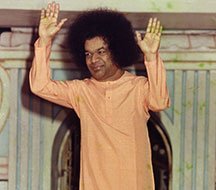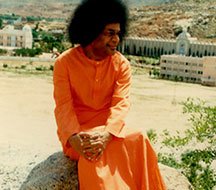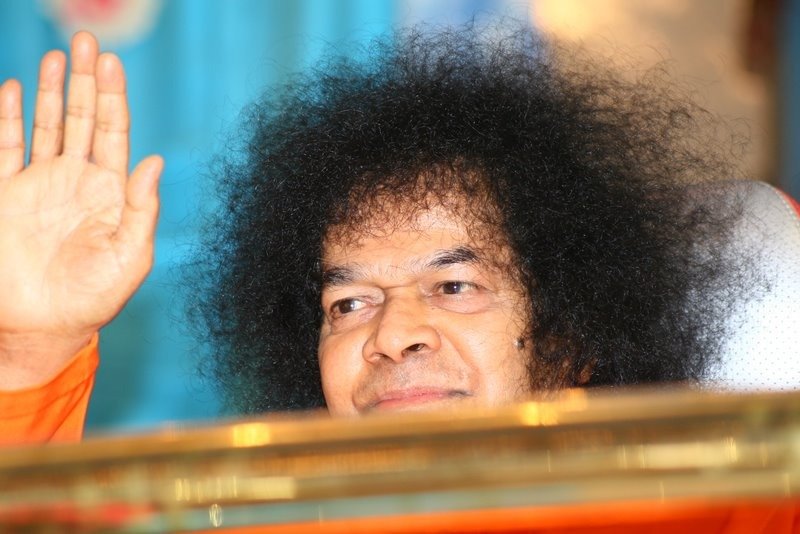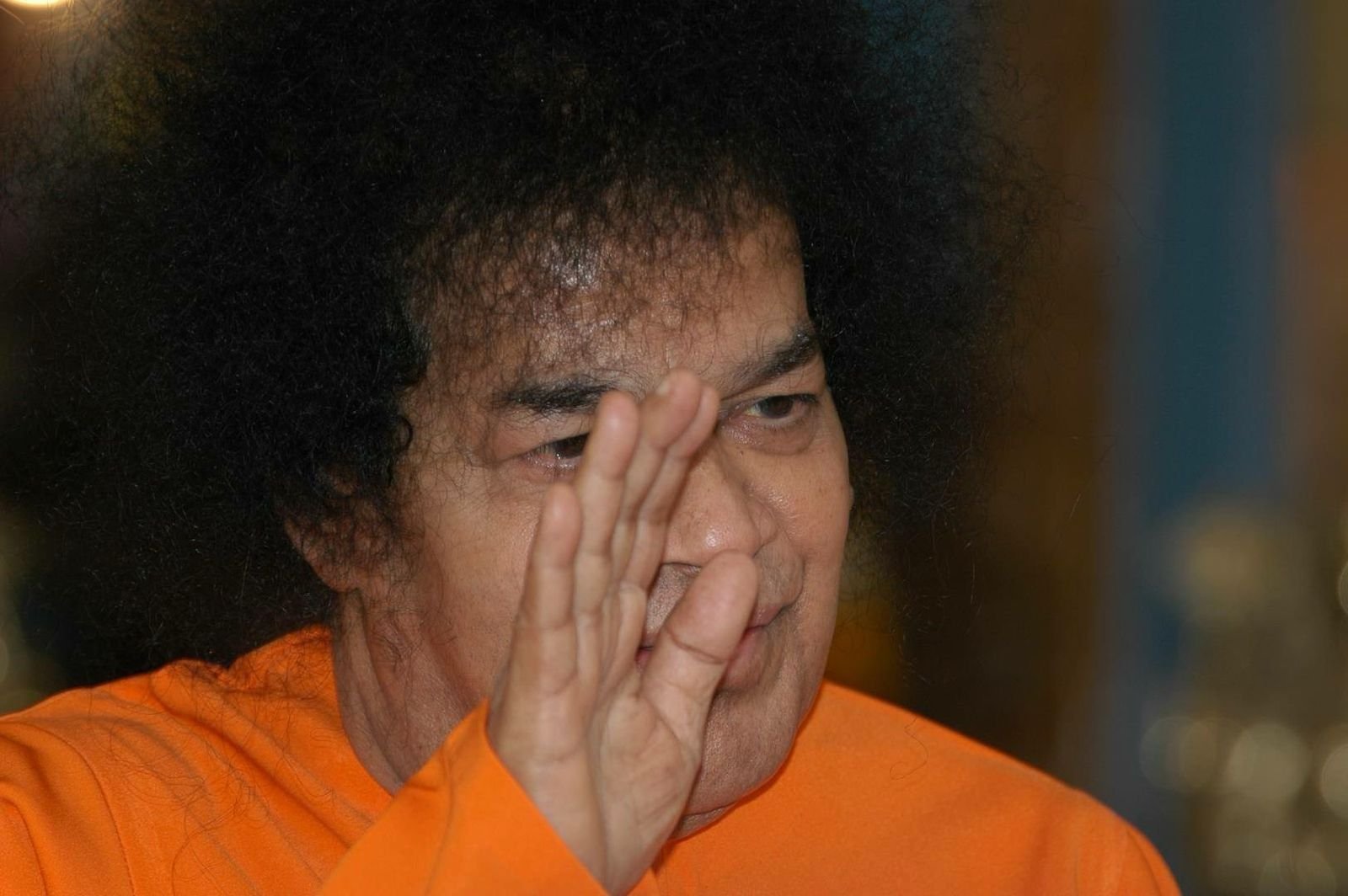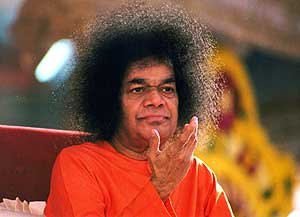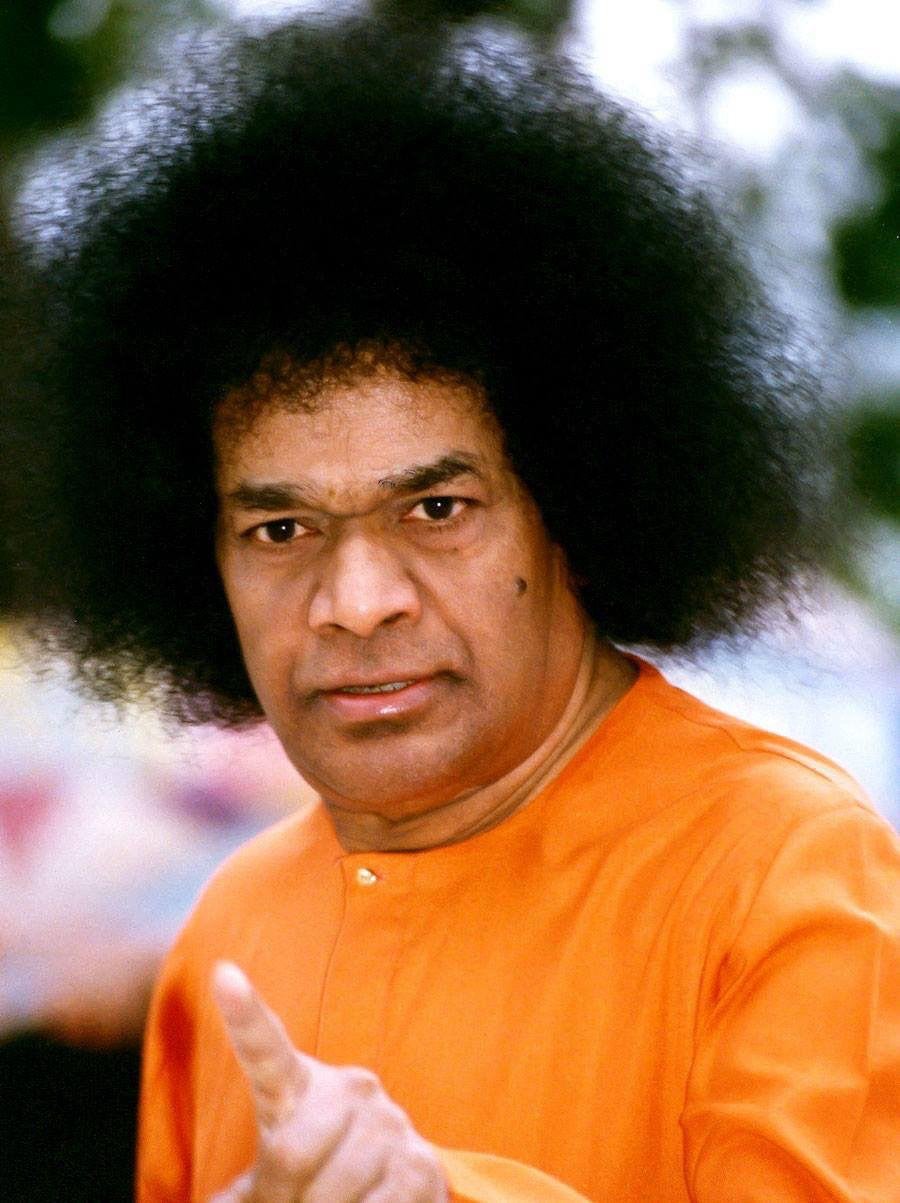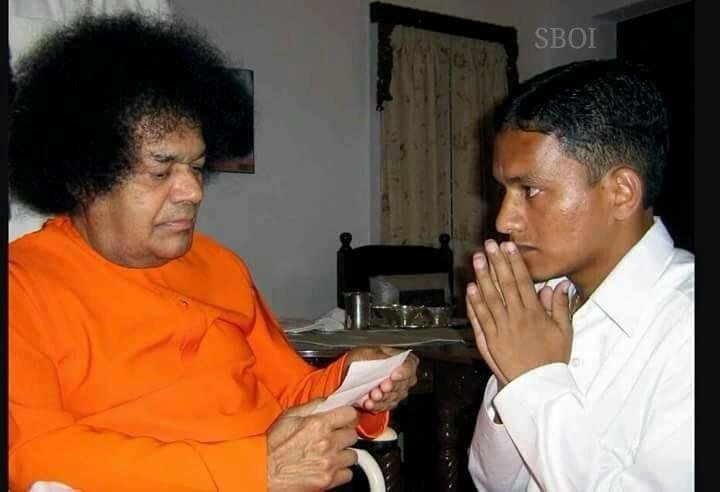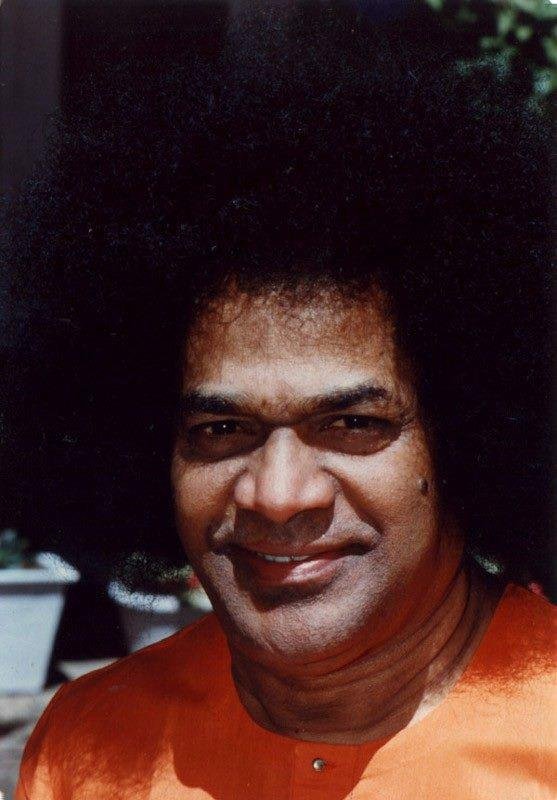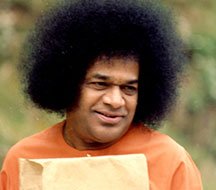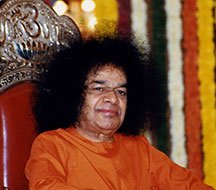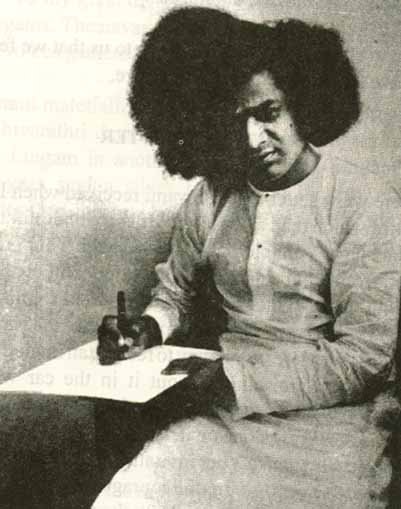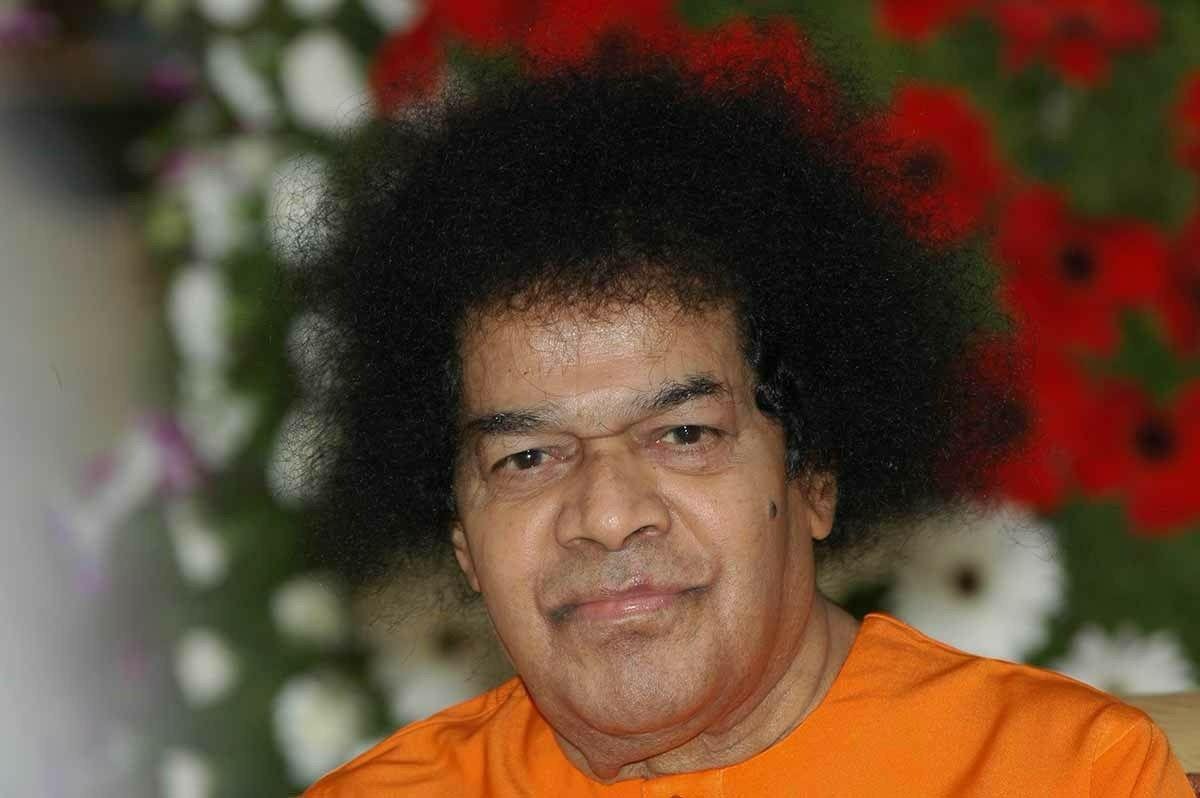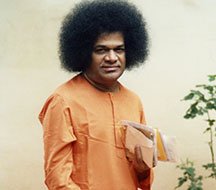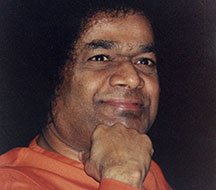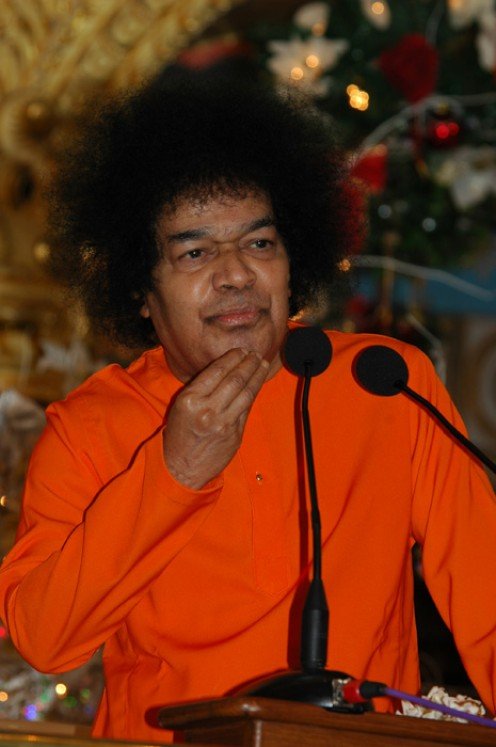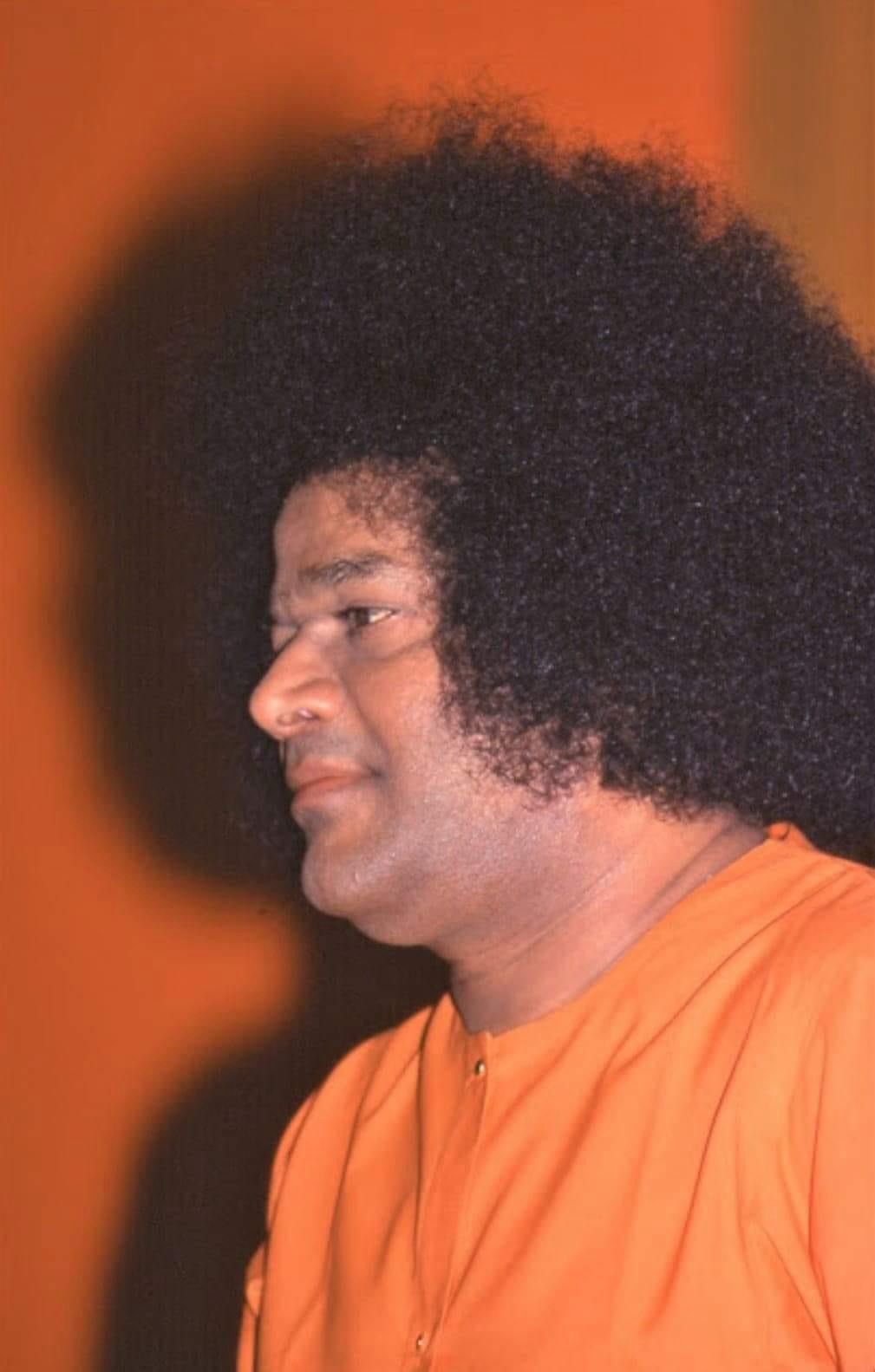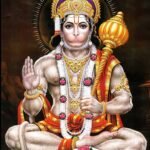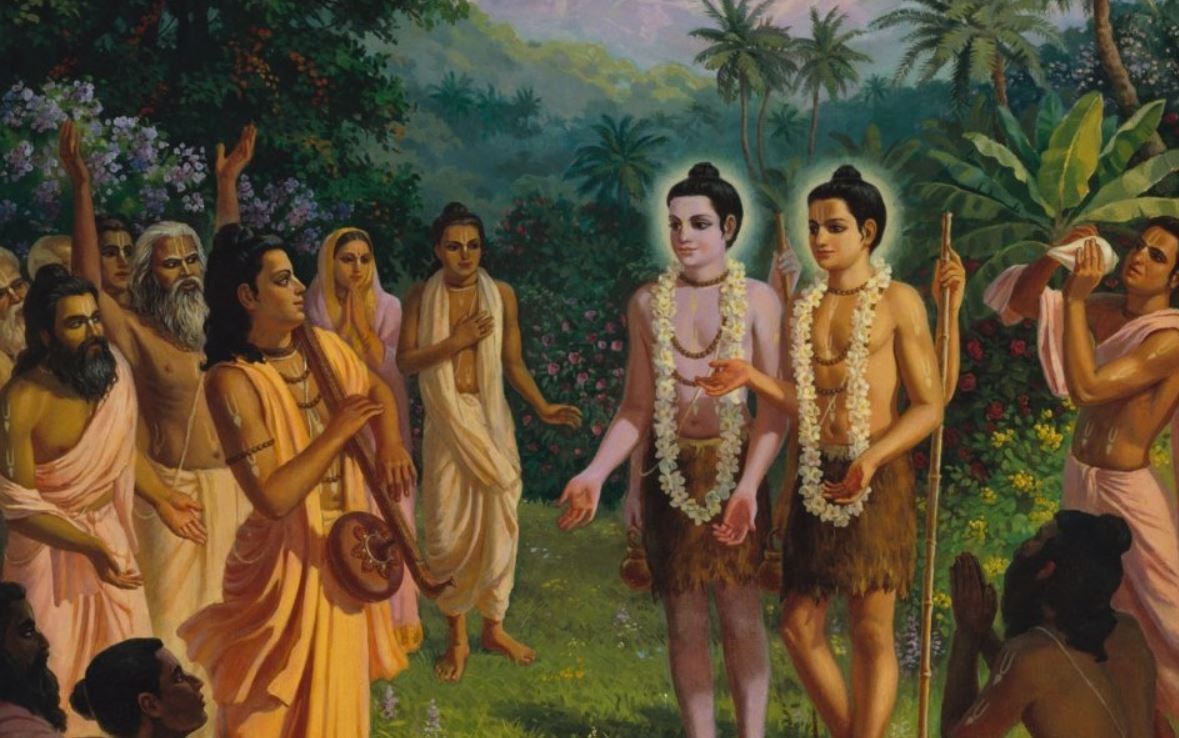
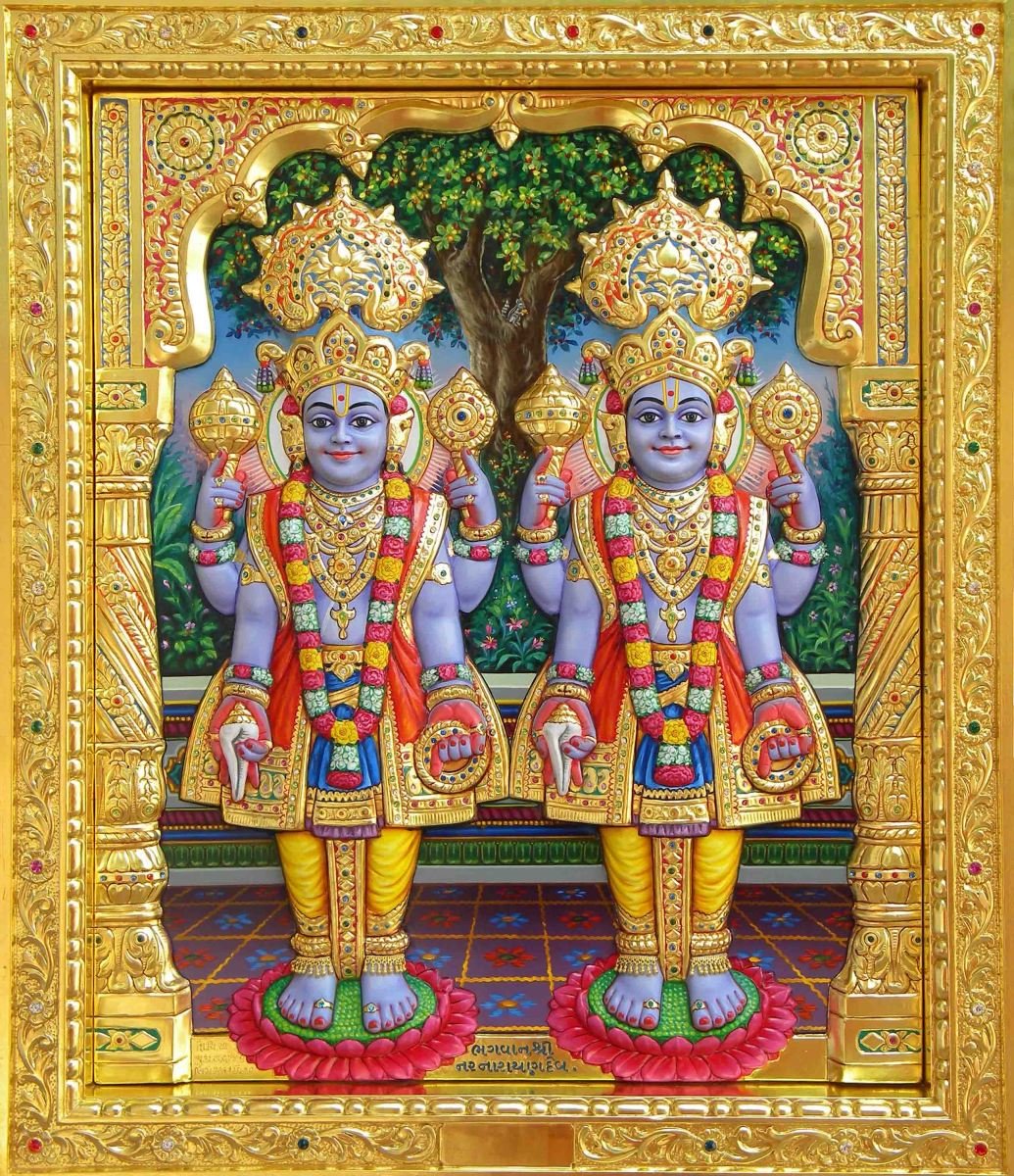
Mythological Background
- Nara means “man” or the ideal human being.
- Narayana is the Supreme Being, or the divine soul.
They are the fifth avatar of Vishnu (after the four initial yuga avatars) and were born as sons of Dharma (the god of righteousness) and Murti (an incarnation of Ahimsa or non-violence).
They both reside in Badrikashrama (modern Badrinath), performing penance for the welfare of the world.
Scriptural References and Historical Background of Nara-Narayana

1. Origin in the Vedas and Puranas
The concept of Nara-Narayana originates in some of the oldest and most revered Hindu scriptures. Here are the key texts where they appear:
🕉️ Rigveda
While not named directly, the Rigvedic idea of divine sages and the balance of human will and divine knowledge sets the foundation for the later Nara-Narayana duality. The Purusha Sukta indirectly supports the idea of cosmic unity manifesting as divine forms.
📚 Bhagavata Purana (Srimad Bhagavatam) – Canto 11, Chapter 4, Verses 5–7
These verses explicitly describe Nara-Narayana as powerful sages who appeared for the protection of dharma:
“From the incarnation of Dharma and his wife Murti, the Supreme Lord appeared as Nara and Narayana, the twin sages who performed great austerities at Badarikashrama for the welfare of the world.”
This Purana declares them as direct expansions of Vishnu, living embodiments of Tapasya and Dharma.
Symbolism and Significance
📜 Mahabharata
Nara-Narayana appear multiple times:
- In the Vana Parva, Arjuna visits Badarikashrama and sees the divine twins in meditation.
- In the Shanti Parva, Krishna reveals to Arjuna that he (Krishna) is Narayana and Arjuna is Nara, born again to restore righteousness.
“You are Nara, I am Narayana, and together we take birth age after age to establish dharma.”
This seals the identity of Krishna and Arjuna as reincarnations of the divine pair.
📘 Vishnu Purana
Mentions Nara-Narayana as sons of Dharma and Ahimsa, performing severe penance in the Himalayas.

Adi Purush is typically meditated upon in deep spiritual practices, where seekers go beyond form (sagun) and connect to the formless divine.
You can meditate on Adi Purush using mantras and sacred chants to help your mind transcend ordinary perception.
Historical and Geographical Context: Badarikashrama
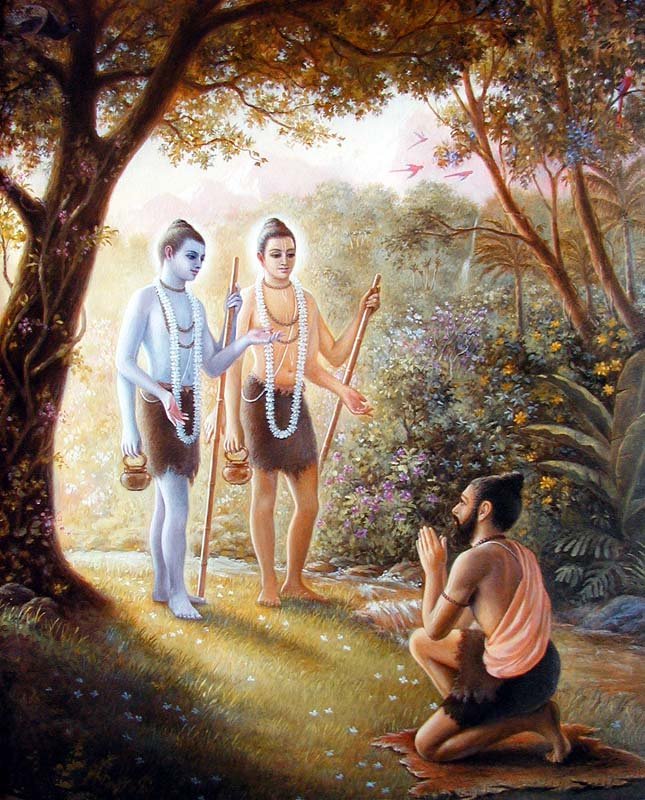
Badarikashrama (modern-day Badrinath in Uttarakhand) is the tapasya-sthal (austerity site) of Nara-Narayana.
According to the Skanda Purana, this place became sacred because of their penance.
Even today, the main deity in Badrinath Temple is Narayana, and the constant companion is considered Nara in spiritual presence.
Nara symbolizes the ideal human being, the spiritual seeker.
Narayana represents the divine consciousness, the goal and guide.
Together, they teach:
- Unity of human effort and divine grace
- Yoga as a path to liberation
- Dharma as the foundation of life
Their story predates many incarnations and is timeless, continuing across yugas as protectors of truth.

